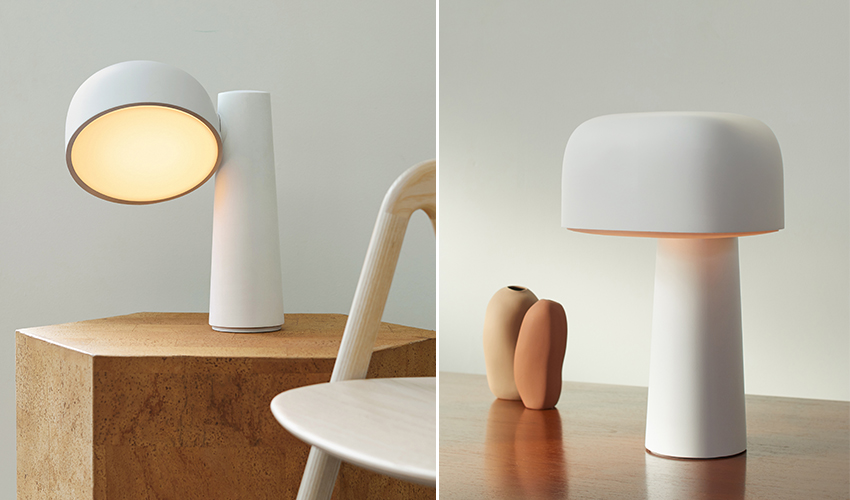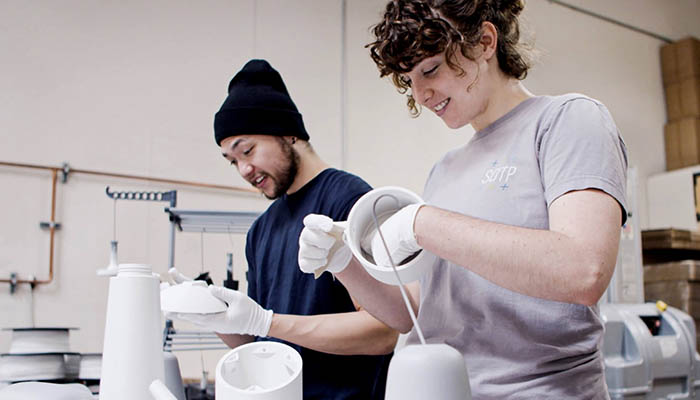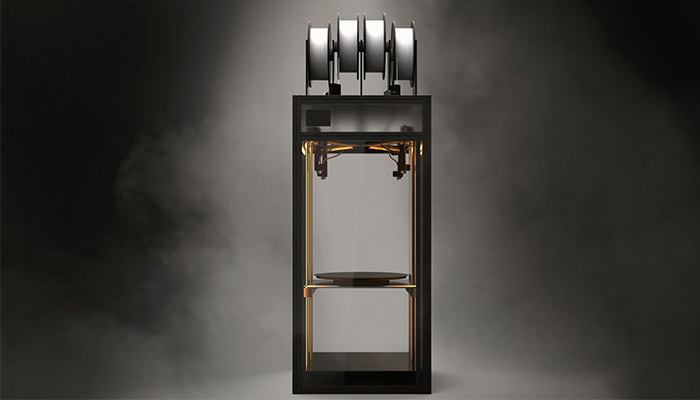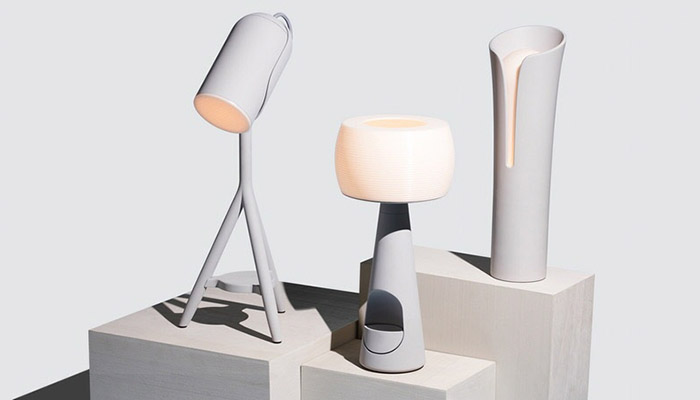Gantri creates contemporary lighting with 3D printing

Founded in San Francisco, Gantri is the digital manufacturer of designer lighting. These modern lights are created by its team of designers and made on-demand using 3D printing technologies. Additionally, the company is dedicated to producing lighting that is made from sustainable products such as corn starch. For this reason, it has developed its own 3D printer that can work with the materials it wants. Called Dancer, Gantri explains that developing their own machine was the only way it could produce on-demand products that achieved industrial quality and efficiency – whilst of course retaining the flexibility of 3D printing such as design freedom. In order to learn more about Gantri we spoke to its founder, Ian Yang!
3DN: Can you present yourself and your link with 3D printing?
I joined the San Francisco TechShop back around 2014/15. I was just very curious about different manufacturing processes. When I learned 3D printing, I was obsessed over it. I bought a Printrbot Simple Metal, put it together and started printing like there’s no tomorrow! Also, fun fact, that machine was all that I used during the first year of Gantri to make prototypes. We still have it.

Ian Yang, Founder of Gantri
3DN: How did the idea of founding Gantri come about?
I remember the first time I learnt 3D printing. It was a class I took at the TechShop. And the entire time all I could think about was why no one was using it to manufacture products. “Too slow”, “Too low quality”, “Too expensive” were some of the feedback that I got. But I thought to myself that these are all solvable problems. And I know as a design consumer, that there’s a lot of people who just yearn for fresh new designs that are just too expensive to produce industrially. So I started researching ways to make 3D printing work for manufacturing design, and that’s how I embarked on this journey to building Gantri.

Credits: Gantri
3DN: How are you using 3D printing in your company?
We use 3D printing for prototyping and for manufacturing our end products – designer lighting. We use a mix fleet of modified desktop FDM printers and our own Dancer 3D printer to manufacture.
3DN: Can you tell us more about your use of corn in your manufacturing process?
Corn is used as raw crop in our blends of PLAs. In addition to corn, our PLAs also contain sugar beets and sugar cane derived starch. But corn derived starch is the main one.

The Dancer 3D printer
3DN: How is Gantri’s lighting different from other lighting?
First, they’re created by the best contemporary designers, studios and design brands around the world. Each collection is drastically different and has a unique story depending on who designed it. Second, they’re made for modern living. Not only do they come with the best LEDs on the market, every detail from sizing to assembly has been considered for someone who may be renting and not have a lot of space. Third, they’re more sustainable. From the materials we use (which are obviously not derived from crude oil), and the way we manufacture (on-demand, local manufacturing).
3DN: Do you think more consumer goods will make use of 3D printing in the future?
Yes! I hope that we prove that it can be done! And I hope that many other entrepreneurs join me in making it a reality.

3DN: Any last words for our readers?
I think we’re at the cusp of a new cycle of explosive growth for digital manufacturing. And if you’re interested in joining this revolution, the time is now!
You can find more information HERE. What do you think of Gantri’s designer lighting? Let us know in a comment below or on our Facebook and Twitter pages! Don’t forget to sign up for our free weekly Newsletter, with all the latest news in 3D printing delivered straight to your inbox!






